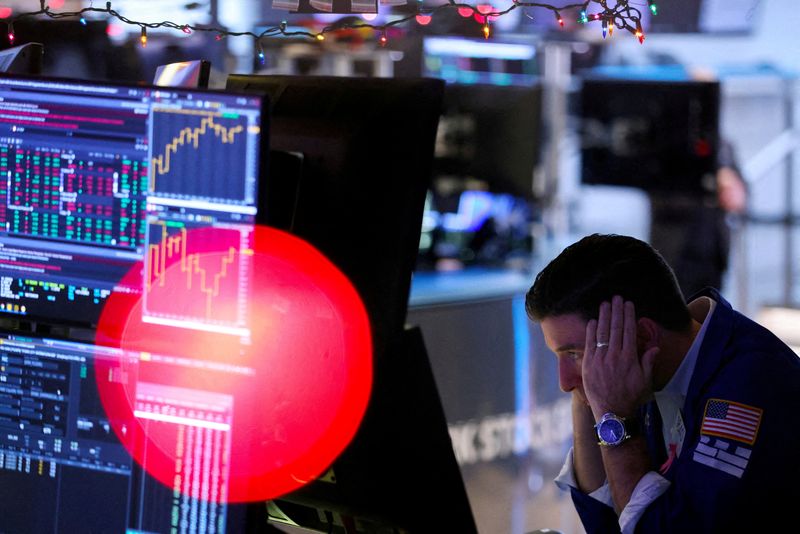In recent news, the futures market appears to have taken a backseat as Kamala Harris, the Vice President of the United States, sheds light on the U.S. Steel and Nippon Steel bid. This development has spurred notable movements in the financial markets, prompting investors to closely monitor the situation.
The bid put forth by U.S. Steel and Nippon Steel involves intricate negotiations and strategic decision-making that can significantly impact the steel industry landscape. With Harris weighing in on the matter, her insights and influence could potentially shape the outcome of this bid and reverberate throughout the markets.
One of the key factors influencing market movements in response to the U.S. Steel and Nippon Steel bid is the potential for significant shifts in the balance of power within the steel industry. Should the bid be successful, it could lead to a consolidation of resources, expertise, and market share that may reshape the competitive dynamics of the industry.
Furthermore, Harris’ involvement adds a layer of political complexity to the situation. As a prominent figure in the U.S. government, her stance on the bid could signal broader governmental priorities and policies related to industries like steel. Investors are closely watching her statements and actions for cues on the direction of future regulations and trade relations that could impact market conditions.
In addition to the U.S. Steel and Nippon Steel bid, other factors are also influencing market movements. Global economic trends, trade policies, and geopolitical tensions all play a role in shaping investor sentiment and market volatility. Traders are navigating a complex web of interconnected variables to make informed decisions in this rapidly evolving landscape.
As markets remain in a state of flux, the U.S. Steel and Nippon Steel bid stands out as a focal point for investors seeking clarity and direction. The outcome of this bid could have far-reaching implications not only for the steel industry but also for the broader economic landscape. Harris’ involvement adds an element of uncertainty and intrigue, underscoring the intricate interplay between politics, economics, and markets.
In conclusion, the U.S. Steel and Nippon Steel bid, coupled with Harris’ insights, are driving notable movements in the financial markets. Investors are closely monitoring developments, recognizing the potential for significant shifts in the steel industry and broader economic implications. As the situation continues to unfold, market participants are poised to adapt to changing conditions and leverage opportunities arising from this dynamic environment.



